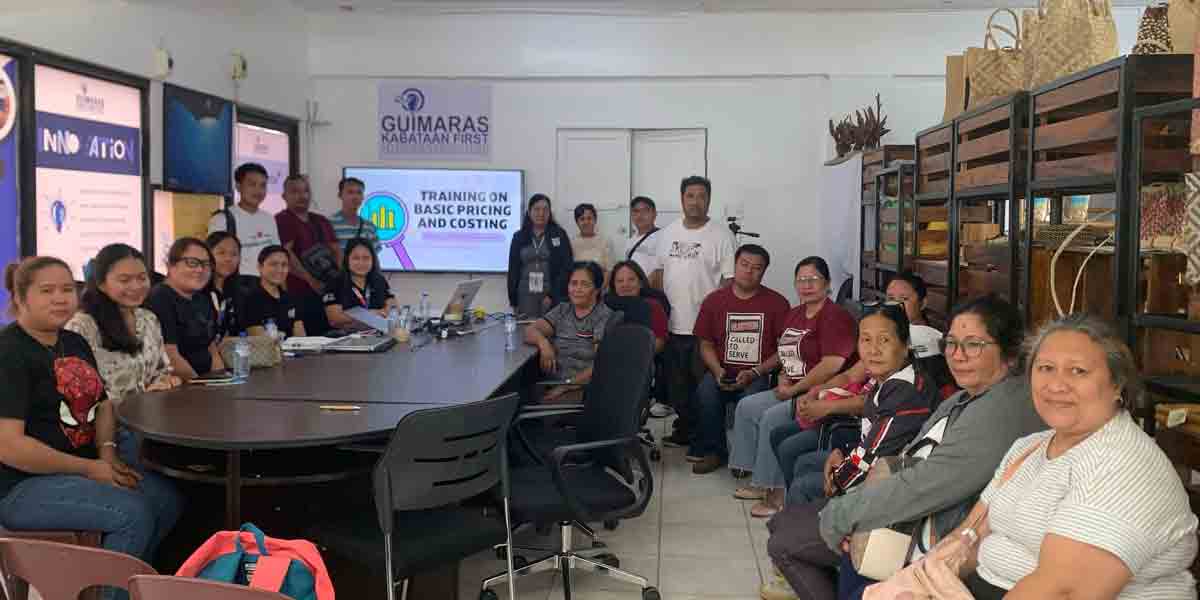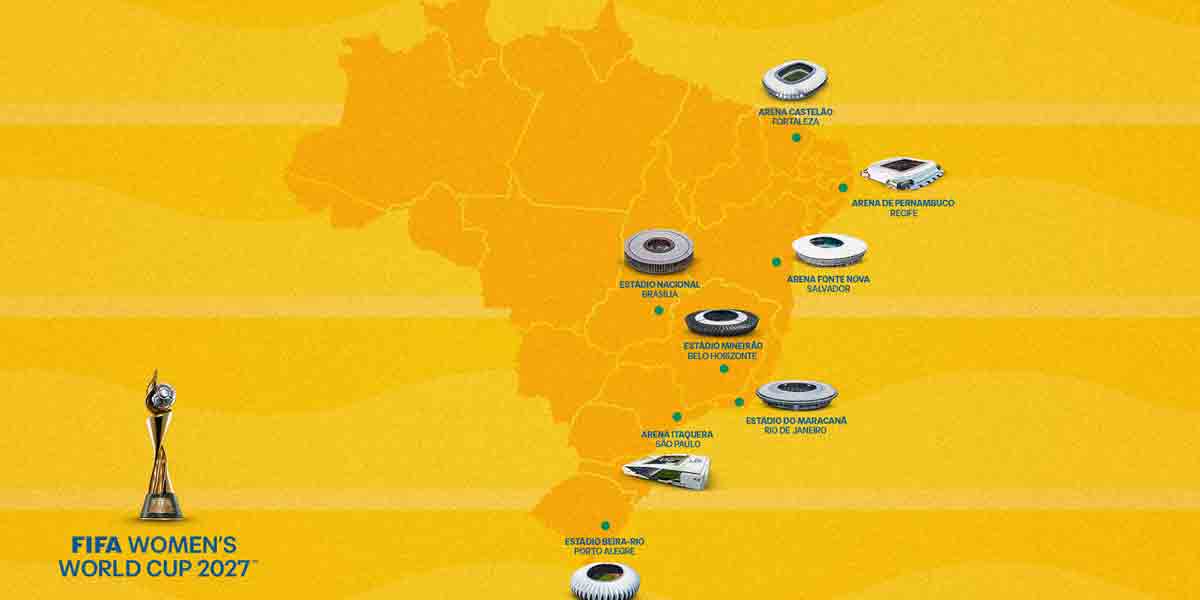By Herbert Vego
THE “fever” of the month in Iloilo appears to be dengue, a severe form of hemorrhagic fever that could kill.
After the scandal that allegedly killed a number of children who had been vaccinated with Dengvaxia, the Department of Health (DOH) has refrained from dispensing the vaccine this year.
In his latest report, Daily Guardian reporter John Noel E. Herrera wrote that the province of Iloilo had “logged 393 dengue hemorrhagic fever cases from Jan 1 to April 8, 2023, a 181 percent increase compared to 140 reported cases in the same period last year. “
Perla Lena of the Philippine News Agency, on the other hand, said that of Iloilo City’s 144 cases from January to April this year, only two deaths have been reported. A third rumored death remains to be confirmed.
Certain enterprising food supplement manufacturers have cashed in on the low mortality by airing testimonials about the efficacy of products in helping dengue victims recover.
Of course, none of them dare mention the “unprofitable” sunlight as another Vitamin-D enabler.
It is very ironic that despite the law known as the Traditional and Alternative Medicine Act (TAMA) of 1997, we have failed to exploit plants that our rural folks already tap for their curative value.
TAMA has a correct but unimplemented mission — to make provisions for promotion, control and regulation of traditional and alternative medicines.
That is ironic in our country which is rich in traditional herbal medicines, which TAMA could have exploited, knowing that our rural folks have been tapping them for their curative value.
There was a time when, in a media forum, former Calinog, Iloilo Mayor Alex Centena strongly “prescribed” papaya leaf extract on the premise that many of his dengue-suffering constituents had recovered by drinking it. An effective way to do it, he said, “is to pound two raw papaya leaves and squeeze the juice over strainer and cup.”
Incidentally, for articles, case studies and video presentations on papaya leaf, please surf the internet. Start with ranchodelicioso.com/papaya-leaf-cure-for-dengue.
On the same forum on another day, a doctor begged to disagree, “No study proving dengue’s capacity to replenish blood platelets in dengue patients has been done yet.”
Why has the Food and Drug Administration (FDA) not initiated a study?
Is it true that a number of entrepreneurs have applied for FDA approval of leaf extract for dengue but to no avail?
Perhaps, they would rather deal with rich local drug manufacturers which could spend a fortune to prove its health benefits.
I remember Pascual Laboratories which got the FDA nod for lagundi as cough medicine. But it was no big news; the market is already well-saturated with effective anti-cough concoctions.
There are other big drug companies that have synthesized other indigenous plants into over-the-counter medicines, such as tsaang gubat, antispasmodic; akapulco, antifungal; and ampalaya, anti-diabetic. However, they are not as well-patronized as foreign medicines.
Anyway, let us remember the Greek father of medicine, Hippocrates (460-357 BC), who prescribed natural remedies to prevent and treat diseases. His approach was both therapeutic and experimental, since there were no sophisticated laboratories yet to help him diagnose patients and evaluate outcome of treatment. He would wait and see. Whenever a patient recovered, he would further observe him to validate nutritional therapy, herbal medicine and other experimental natural remedies.
Today, we all know that vegetables and fruits strengthen the body’s built-in immune system, giving it the capacity to fight disease-causing bacteria and viruses.
Incidentally, the lowly and cheap malunggay was cited by the late DOH Secretary Juan Flavier as a natural cure for diabetes. We malunggay eaters know that to be true.
Almost all parts of the plant — root, bark, gum, leaf, fruit (pods), flowers, seeds and seed oil — have been used to treat other diseases like skin infections, headache, joint pain, rheumatism, gout, diarrhea, digestive disorders and minor wounds,
Still, this corner deplores the half-hearted implementation of TAMA that is supposed to encourage drug manufacturers to use cheap native herbs as active components of their products.
Hindi na tama ‘yan.
-oOo-
MORE POWER RAISES EARTH DAY CONSCIOUSNESS
THIS month of April is world-renowned as the Earth Month. But it becomes more pronounced every 22nd of this month as the Earth Day.
The annual Earth Day this year will take place tomorrow (Saturday). This global event is aimed at raising awareness of the importance of protecting our planet and its natural resources and in encouraging people to engage in conserving the environment.
Here in Iloilo City, MORE Electric and Power Corp. (MORE Power) released the following statement befitting the celebration:
“This Earth Month, let us strive towards a more sustainable future by taking small but significant steps in conserving energy.
“One easy way to start is by using light sparingly. With longer daylight hours, we can reduce our reliance on indoor lighting and take advantage of natural light. A few simple tips to get started: open up those windows, swap out heavy curtains for something lighter, or even consider moving your workspace closer to the sunshine.
“Small actions like these can help reduce our energy consumption and carbon footprint, making a positive impact on the environment. Let’s work together to protect our planet and conserve energy for future generations.”
The first Earth Day on April 22, 1970 was organized by Gaylord Nelson, a United States Senator from Wisconsin. He spoke in public about the need for all to become more environmentally aware and active in preserving our planet.
The theme for Earth Month and Earth Day 2023 is “Invest in Our Planet.”





















